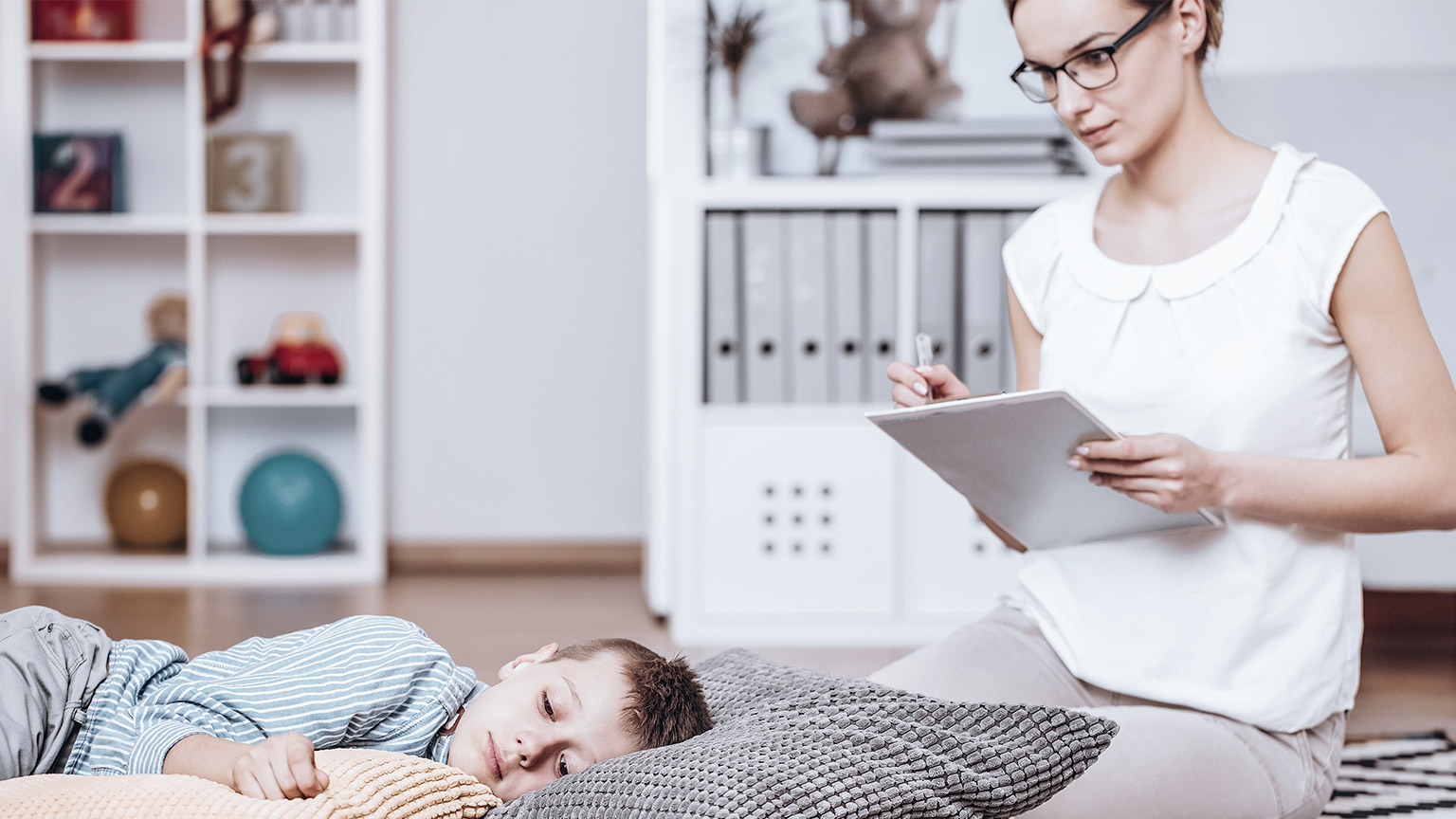Dawn House. (2016). Safety planning (pp. 4-21). https://irp-cdn.multiscreensite.com/a4a6272a/files/uploaded/safetyplan-colour.pdf
- Safety planning is a process of looking at your situation and seeing what you need in place to help you and your children feel safer.
- It might be a plan to escape a violent relationship or a plan for what to do during a violent incident.
- You will need to be the judge of what is safest; what is realistic, and what you can afford to do.
- You might write it all down and keep it somewhere safe or keep it in your mind.
This booklet contains some ideas about what to think about when making YOUR safety plan, some ideas will be useful, some less so. Take what you need, leave the rest. Your plan has to work for YOU.
Remember
- You are not responsible for the abuse or violence being used against you or your children.
- Living with violence, abuse and stalking is very difficult. Get support from a specialist Domestic or Family Violence service to discuss options and help you plan for safety.
- You can also call 1800RESPECT for help with safety planning [See page [64] for phone numbers] or check their website for more tips.

During a Violent Argument
- Try not to wear scarves or long jewellery that can be used as a weapon against you.
- Move to an area of the house you identify as safer. These are places with an exit route (get into a room with a door or window that you can safely get out to escape). Or go outside or into the street.
- Stay away from the kitchen, shed or other rooms where the abuser may access weapons such as knives or tools.
- Make sure that children are safe; get them to call the Police or go to a neighbour [see [next page] for more tips on kids and safety].
- Take your phone and go into a room in the house that has a lockable door where you can call for help, e.g. bathroom or toilet.
- Call 000 or 112 from your mobile for the Police or local Police number if you know it.
- Grab your purse before you leave (although do not put yourself in more danger to do this).
- Once out of the home go to a safe place, police station, neighbours, refuge or hospital.
- Keep all abusive texts, phone messages, emails and screenshots of social media for evidence of abuse. If you have been physically abused take photos of bruises/ injuries. These will be helpful if you want to get a DVO at a later time.
- Know the risks with your phone and internet use [see page [61]].
- Plan your escape [see page [56-57]].
It is essential for children who live in violent environments to have a simple safety plan so they know what to do when domestic violence is occurring.
Simple Safety Plans for Children Could Include
- Help your children recognise the signs of danger.
- Warn children to stay out of the conflict.
- Decide ahead of time on a code word to signal they should leave the house. Decide on a safe place they can go when they feel unsafe. Practice escape routes.
- Teach children how to call 000 and how to give their address.
- Keep the conversation practical like other safety conversations you might have around cyclone planning or fire safety.
- Teach your children that it is not their responsibility to stop the abuser when they are angry or violent.
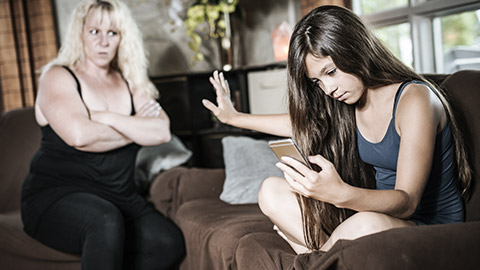
A personal safety plan for leaving includes:
Who to Ask for Help
- You can tell supportive friends, family or neighbors what is happening. Arrange for someone to come quickly when you call and help you to leave. It is important that everyone understands that your plan must be kept a secret.
- Get in touch with Domestic Violence Support and Counselling services and pre-program local Police phone number into your phone [see page [64] for phone numbers]
- Speak to Domestic Violence Legal Service or Police to apply for a Domestic Violence Order. Request Police stand-by while you leave. [see page [64] for phone numbers]
Contact Numbers
Keep your list of emergency help contacts (including police) handy or stored in a safe, private phone.
When to Go
Think about when would be the safest time to leave. E.g. when the abusive person is at work? Away? Passed out?
Where to Go
Have in mind a place where you and your children can go quickly, such as a friend’s house, a women’s refuge or police station.
How to Get There
Work out how you and your children will get there, such as driving, being picked up by your friend, or taking a taxi or other public transport.
Ready Cash
Keep some cash aside for transport and emergencies.
Keep Valuables Together
- Keep valuables, spare medication and documents together in a bag somewhere that the abuser can’t access, in case you need to leave in a hurry. If you can, make copies of important documents and phone numbers and leave them with a trusted friend, just in case you can’t take them when you go.
- [See [next page] for a suggested list of things to take].
Getting Out of the House
- Have your handbag, purse, keys and safe phone where they can be accessed quickly.
- If your exit point door is locked, have keys hanging on the wall near the door.
- Have a spare set of car keys hidden outside if required.
- Reverse your car into the driveway for easy access when leaving or leave it where it cannot be blocked in.
Plan for a quick escape.
Review your safety plan as often as possible to make sure it works.
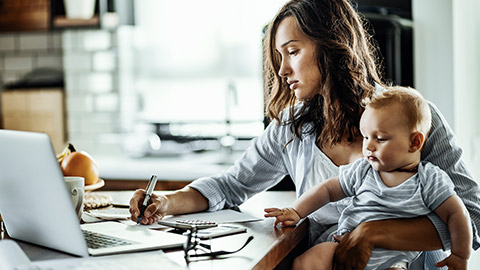
Identification Documents
- Drivers Licence
- Pension/Health care card
- Medicare cards
- Birth certificates for you and your children
- Passports
- Immigration papers
Legal Documents
- Copy of DVO/Police orders
- Lease/Rental/ Mortgage agreement
- Car Registration papers
- Insurance papers
- Family court orders
Financial Items
- Bank account details
- Purse, Credit cards and cash
Extra items
- Spare house keys
- Medication
- Safe Mobile phone (with prepaid SIM that can’t be traced to you) and charger. Store emergency contacts including 000 for police in the phone.
- List of important numbers - family, friends, insurance, work, landlord, school, doctor, and lawyer (consider giving a copy of this list to someone you trust)
- Change of clothes/nappies
- Baby formula/ bottles/ baby food/ pacifier
- Recent photo of abusive person to assist others to identify them
- Special personal items (e.g. photos or family jewellery)
- A favourite toy/ comfort item for each child.
- Check in regularly with someone and have a plan for if you don’t contact them when you should.
- Have the Police phone number on speed dial.
- Speak to Police or a Legal Service about applying for a DVO [see page [64]].
- Keep a record or diary of all breaches of the DVO and any suspicious behaviours such as phone hang ups, car drive-bys, online harassment etc.
- Be aware of the risks of technology being used to monitor and harass you [see page [61]].

- See if someone can stay with you for a while when you leave the relationship.
- Inform your neighbours and landlord that your ex-partner no longer lives with you and they should call the Police if they see them near your home.
- Identify safe neighbors you can tell about the violence and ask them to call the Police if they hear a disturbance coming from your home.
- Change all locks, install deadlocks, window locks and outside sensor lights.
- Install security screens on front and rear doors, and if possible on windows.
- Use dowel (thin wooden poles) to put in window runners and sliding doors to stop them being forced open.
- Trim shrubs and bushes away from entrances and remove garden tools, bricks, or items in the garden that could be used as weapons.
- Check with Territory Housing or your agent/Landlord for permission or assistance to secure your meter box. Notify Jacana Energy/ Power and Water as they will need to read the meter.
- Where possible padlock your letter box so your mail can’t be read or even better, get a PO Box.
- Ensure that your house number is clearly visible on letterbox or house if you need to call emergency services.
- Keep side gates and sheds padlocked.
- Keep the garage door locked at all times, always park in a secured garage if possible.
- Have a supply of torches and batteries in case they are needed.
You may be eligible for the Victims of Crime ‘Safe at Home’ Assistance to reimburse changing locks and improving security around your home.
[See page 21 for contact details]
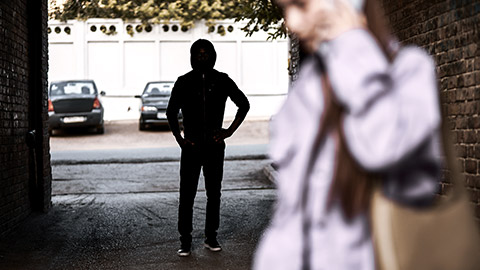
- Inform your children’s school, daycare etc., about who has permission to pick up your children, and provide them with copy of DVO, Police orders or family court orders. Provide a recent photo of the abusive person if possible.
- Decide who at work you will inform of your situation. This should include office or building security. Provide a picture of the abusive person if possible.
- Arrange to have an answering machine, caller ID or a trusted friend or relative to screen your telephone calls if possible.
- Devise a safety plan for when you leave work, always park your car in well-lit space if possible and have someone escort you to your car or bus and wait with you until you have left safely.
- Use various routes to go home if possible and change days you shop and shopping centers you use.
- Have a plan in case something happens while you are travelling home on the bus, or in the car.
- If there is an emergency in a public place, find someone and ask them for help or to call the Police. This could be a shop assistant, security guard or member of the public.
- If you are being followed in the car, don’t stop – drive straight to a police station.
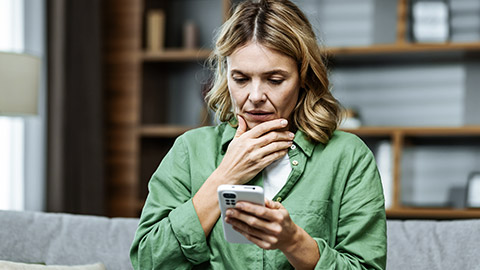
A Domestic Violence Order is made through an application to the court, or on the spot by police in urgent circumstances. It can prevent all contact between the abuser and the victim or it can allow for contact but with restraints against the abuser using violence, threats, verbal abuse, stalking or harassment.
[For help getting a DVO see numbers for the Police and the Domestic Violence Legal Service on page [64]].
Safety Tips with DVOs
- Keep a copy of your DVO on you at all times, e.g. in your purse or bag.
- Give a copy to a trusted neighbour or family member.
- Call the Police immediately if the abusive person breaches the DVO.
- Keep a record or diary of all breaches of the DVO or suspicious behaviours such as phone hang ups or car drive-bys etc. Keep all text messages and screenshot and keep all social media messages, phone, text and email messages that are breaches of the DVO.
- Plan other ways to keep safe if the Police do not respond immediately.
- Inform family, friends, neighbours, schools, childcare, workplace and health care provider that you have a DVO.
- Ask the Police that attend for a job promis number and get the name of the attending officer.
- Tell Police about any guns or weapons the abusive person has.
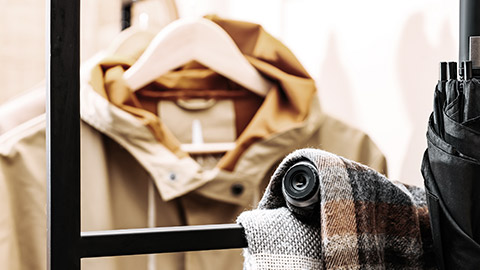
Technology can be a great resource, connecting you with helpful services and information. It can also connect you with supportive people in your life such as family and friends. But there are some risks.
What are the Safety Issues with Technology?
Technology can be used to abuse, intimidate, harass and stalk you when you are in the relationship, and after you have left, so it is important to be aware of risks.
- GPS tracking devices are now easily available and are hard to spot in your car, handbag or child’s toys and belongings such as prams. They mostly look about the size of a postage stamp. They can be used to track your movements and your location.
- Computer spyware is becoming very easy to purchase and install on home computers, devices, smartphones and wearables. This allows abusers to track and access what you are doing and seeing. They can also turn your smart phone, device or wearable into a GPS tracking device and a listening or recording device.
- Hidden cameras may be installed in your home or may be accessed remotely on your phone or computers camera [through spyware].
- Internet browsers save certain information as you surf the internet. Abusers can view this history if they have access to the computer/phone/tablet you accessed the sites on.
- Information you and others, including your children, put on Facebook and other social networking sites may identify your location.
TRUST YOUR INSTINCTS.
If you suspect that the abusive person is harassing, stalking or monitoring you with technology, it is possible and likely. There is lots of good information about safer use of technology on the internet [see page [64] for websites].
If you need help ask for it.
Get trustworthy friends or family who are good with technology to help or ask one of the services listed on page [64].
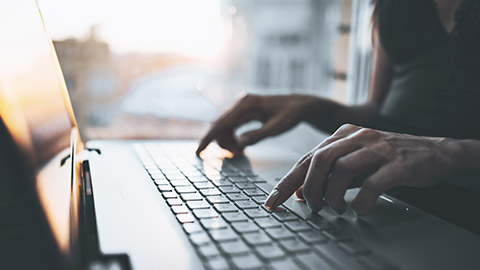
Use a Safe Computer/Phone or Device
- It is best for you to use a computer/ device/phone you know is safe. E.g. A new one [that the abuser has not had access to] or a safe borrowed one- at a public library or from a trusted friend or family member.
Safer Internet Use when Living with an Abuser
- Delete your history in the Internet browser you use. [see page [64] for websites that can walk you through this].
- Create a new private email, Facebook or instant messaging account. Do this and use it on a safe computer in case your abuser is monitoring your computer. Don’t use your real name and make it hard to trace. (e.g.: snowflake@gmail.com). Use free web-based email accounts (Gmail is the most secure) and do not provide any information about yourself.
- When you are finished sending your emails from a free email make sure that you always sign out completely, especially if you are using the home computer.
Safer Internet Use After Separation
- Be aware that any phone, computer or tablet you, or your kids had during the relationship, or were given by the abuser, may contain spyware. The safest thing to do is get rid of it if you suspect it has. There are tips for trying to ‘clean’ spyware [see the websites on page [64]].
- Create new email and social media accounts if you haven’t already.
- Only allow trusted friends and family to connect. Set privacy settings.
- Make sure the people close to you, including children, understand the safety risks of putting information about you, or photos that identify where you are online. Ensure they set privacy settings.
- Make sure ‘location’ is turned off on any social media accounts and any photos you upload.
- Change passwords and pin numbers (on a safe computer).
- Instead of using email for your bills that will have your address, get yourself a postbox in case your emails are read by the abuser.
THINK ABOUT YOUR SAFETY
Often, victims want to stop the abusive behaviour by getting rid of the technology.
For some abusive people, they may escalate their controlling and dangerous behaviour if they feel their control is threatened.
Think about what might happen if you remove the device. Some survivors choose to use a safer computer and phone while not disabling the spyware and continuing to gather evidence.
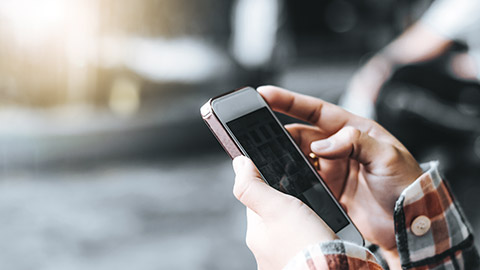
- If you are using a mobile phone provided by the abusive person, try not to use it for private calls or when arranging escape plans.
- Consider your own [prepaid, private] mobile phone.
- Do not use your old SIM. Handwrite important numbers and copy across into your private phone. Keep it somewhere safe.
- Check your smart phone settings.
- Make sure other devices aren’t connected to your or your child’s smart phone and that Bluetooth or location access is limited or turned off. Excessive battery draining, a spike in data usage or double texts could mean that there is spyware on a smart phone.
- Check the Apps on your / your child’s phone
- If you don’t know why they are there, they may be spyware – delete them if you think it is safe to do so.
- If you want to make sure your phone can’t be used to track you, turn it to ‘airplane mode’.
- You can report abuse, violence, threats, stalking or cyber-stalking to police and the abuser can be charged with a criminal offence, or police can assist with applying for a DVO.
- Messages left via texts/answering machines can be saved as evidence of stalking or abuse. Keep a record of all suspicious incidents. Consider using the SmartSafe+ App [see page [64]] to collect evidence of family violence safely.

- Living in an abusive relationship can be frightening, confusing and hard. Reach out for some support. There really are people who understand how difficult it is [see page [64]].
- Decide who you can talk freely and openly with to give you the support you need.
- Leaving an abusive relationship can also be frightening, confusing and hard. Support is there. There are services and people to help- connect with them [see page [64]].
- If you are thinking of returning to a potentially abusive situation, discuss it with your support worker or a trustworthy friend. You might want to make a new safety plan.
- If you have to communicate with the abusive person, decide the safest way to do so.
- Phone or face-to-face counselling can help you to feel supported [see page [below] for counselling services].
- Read books, articles, websites and poems to help you feel stronger. Every year, millions of women around the world make the decision to leave violence behind. Many of them share their stories of what it’s really like.
You are Not Alone
Connect with the understanding, strength and hope other survivors of domestic and family violence can share.
You may have a had a bad experience when you reached out for help in the past, try again, most services do want to help.
General Information and Safety Planning
www.1800respect.org.au
Safety and Technology
These websites have excellent information about the risks of technology facilitated abuse and how to stay safer.
www.wesnet.org.au/safetynet/safetynetdocs
www.smartsafe.org.au
Smartsafe also have information about the SmartSafe+ App which is an App that supports women to collect evidence of family violence safely.
Police 131 444
Emergency 000 or 112 (112 works from digital mobile phones)
Royal Darwin Hospital 08 8922 8888
Life Line (24-hour Helpline) 131 114
1800RESPECT 1800 737 732
(24-hour Helpline for those experiencing sexual and domestic violence, and the workers supporting them)
Domestic Violence Counselling Service 08 8945 1388
Domestic Violence Legal Service 08 8999 7977
NT Legal Aid HELPLINE 1800 019 343
Victims of Crime NT 08 8941 0995
Dawn House Women’s Shelter 08 8945 1388 (for women with children)
Catherine Booth House Women’s Shelter 08 8981 5928 or 08 8981 6402 (for women without children)
Darwin Aboriginal and Islander Women’s Shelter 08 8945 2284
YWCA Domestic and Family Violence Centre Palmerston 08 8932 9155
